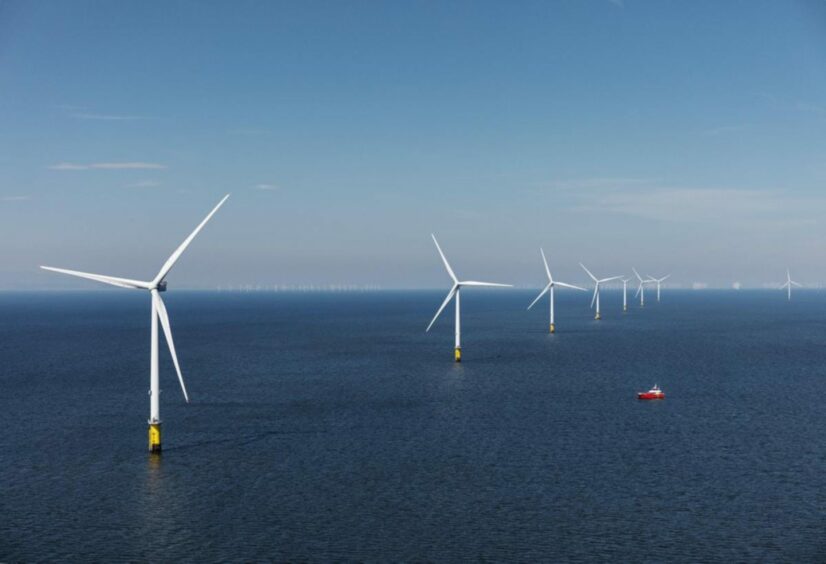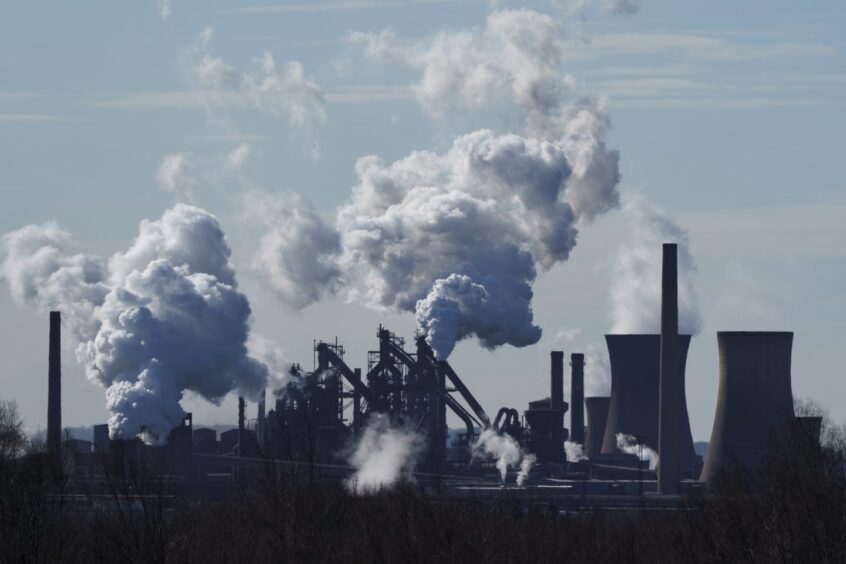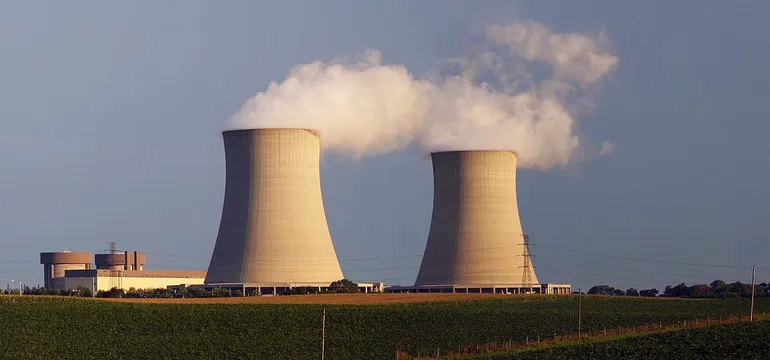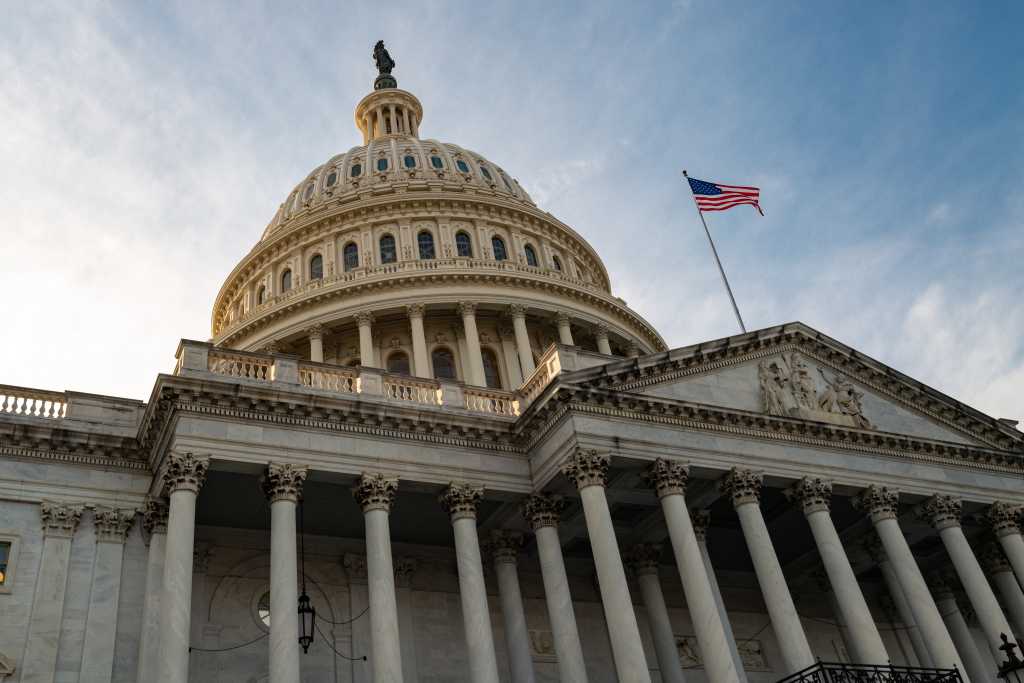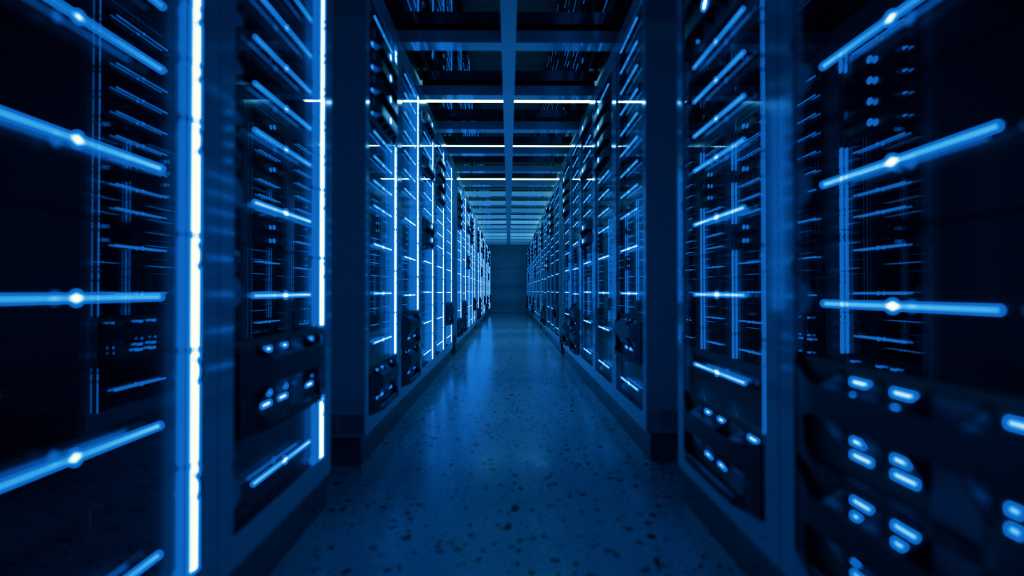
WASHINGTON— Today, U.S. Secretary of Energy Chris Wright announced key appointments to the Department’s senior leadership team, naming experienced professionals who will lead efforts to advance President Trump’s energy agenda.
“President Trump has outlined a bold and ambitious agenda for restoring American energy dominance, and this exceptional team of leaders will be essential to delivering that agenda in this critical moment,” Secretary Wright said. “Energy is essential to everything we do, and I look forward to working together to remove barriers to innovation, cut red tape and pursue common sense solutions for unleashing our energy potential. The American people deserve nothing less.”
Key senior staff appointments include:
Office of the Secretary
Alexander Fitzsimmons, Chief of Staff
Audrey Barrios, Advisor to the Secretary
Mike Kopp, Senior Advisor to the Secretary
Conner Prochaska, Senior Advisor
Theodore Garrish, Senior Advisor
John LaValle, White House Liaison
Samuel Fodale, Deputy White House Liaison
Office of the Under Secretary for Infrastructure
Steven Winberg, Acting Under Secretary
Office of Public Affairs
Andrea Woods, Deputy Director
Ben Dietderich, Press Secretary and Chief Spokesperson
Office of Management
Ashley Hebert, Director, Scheduling and Advance
Isabelle Lamanna, Director of Scheduling
Office of the Chief Financial Officer
Joshua Jones, Senior Advisor
Office of Clean Energy Demonstrations
Curt Coccodrilli, Senior Advisor
Cathleen Tripodi, Executive Director
Office of Science
Christian Newton, Chief of Staff
Office of Small and Disadvantaged Business Utilization
Charles Smith, Director
Loan Programs Office
John Sneed, Director
Grid Deployment Office
Joseph Alexander, Chief of Staff
Christina Francone, Senior Advisor
Assistant Secretary for Congressional and Intergovernmental Affairs
Shawn Affolter, Principal Deputy Assistant Secretary
Assistant Secretary for Fossil Energy and Carbon Management
Tala Goudarzi, Principal Deputy Assistant Secretary
Kevin Tatulyan, Chief of Staff
Assistant Secretary for Energy Efficiency and Renewable Energy
Louis Hrkman, Principal Deputy Assistant Secretary
Assistant Secretary for Electricity
Catherine Jereza, Senior Advisor
Assistant Secretary for Environmental Management
Roger Jarrell, Senior Advisor
Assistant Secretary for International Affairs
William Joyce, Principal Deputy Assistant Secretary
Andrew Rapp, Senior Advisor
State And Community Energy Programs
Eric Mahroum, Director
###





